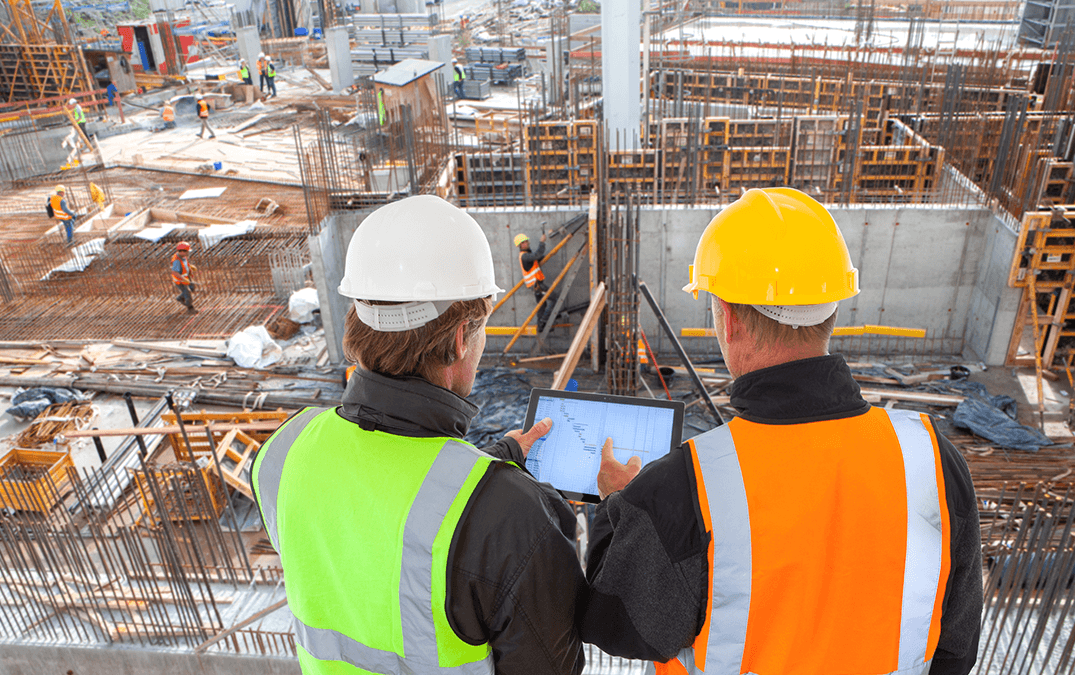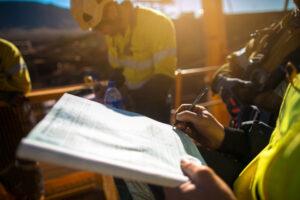Construction site safety should be a key concern for construction managers responsible for overseeing the job site. This is because the construction industry continues to lead all other industries in work-related fatalities.
According to the latest statistics reported by the National Safety Council (NSC), there were 958 preventable work deaths in 2020, which topped all other industries and accounted for 23 percent of the total number of work-related deaths in the U.S.
There were also 250,000 “medically consulted injuries” resulting from construction activity in 2020, translating to a rate of one injury every 78 hours at the job site.
The severity and frequency of safety-related incidents point to the need for a stronger emphasis on safety at the job site. Construction managers can spearhead safety efforts by following construction best practices to support the work to be done.
On-Site Best Practices For Construction Safety Management
Construction managers need to be well-rounded in their understanding of construction safety principles. It’s also important to understand how to support pre-construction planning activities that can help reduce the likelihood of an incident. Consider these best practices to support the management of construction safety.
1. Perform A Risk Assessment
Construction managers need to be able to evaluate job site safety using established statistical models or risk models. There are many risk models that can be used to assess the risk of a given project in the construction industry.
For example, consider the probability of a safety issue multiplied by the consequence of that safety issue. The key is to reduce the probability of a failure so that you can reduce the total consequence (e.g. fatality).
How do you reduce the probability of failure?
- Understand the risk factors that go into the construction work to be performed.
- Look at project uncertainties, variables, and constraints.
- Look at the historical causes of incidents for your type of project.
After performing this assessment, you can effectively manage the risk factors and be prepared to address any issues that could become an issue while the project is ongoing.
2. Establish Effective Safety Processes
Another key aspect of construction pre-planning is to outline how the work should be done. Construction managers need to establish processes that all personnel should follow when performing work at the job site.
Managers should also provide training on how to follow these processes before the work begins. Personnel should be given the opportunity to ask questions, engage in dialogue with a safety expert, and grow their confidence to follow processes when on-site.
Safety processes become more effective when the people that are expected to follow the processes are equipped with the right information and the level of detail that is required to execute their tasks.
3. Support the Safety Culture
Implementing safety processes is critical. However, it’s not enough. Construction managers also need to ensure that personnel are fully engaged in the safety culture.
The culture captures the values and perceptions that personnel have about safety. A low value on safety means that personnel will be more prone to cut corners or take unnecessary risks. However, a high value on safety means that personnel will be more committed to safety, reducing the probability of an incident.
Construction managers need to reinforce the value of following safety processes so that each person’s attitude, behavior, and thinking is aligned with the safety culture. Establishing a safety-driven culture requires the following:
- Focusing on behavior-based safety improvements.
- Following safety management techniques.
- Providing pre-construction safety orientation.
- Performing pre-task safety planning reviews.
- Analyzing the effectiveness of safety orientation programs.
- Reinforcing workplace safety processes.
4. Implement Safety Procedures For Incidents
A key component of a healthy safety culture is empowering personnel to take the appropriate action or to say something if they encounter a safety issue. Construction managers need to implement the appropriate safety procedures to report an issue so that it does not escalate to something that could become consequential.
These procedures need to be established before the work begins. Personnel should have a clear understanding of what to do or who to contact if they see something. This way, they can readily spring into action without hesitation.
- Have procedures for who to contact during each type of incident.
- Make personnel aware of available communication methods while on-site.
- Have procedures for whether to stay on-site or to leave the site during an incident.
- Establish “rallying points” for personnel to gather during an incident.
- Have clear communication signals for personnel to communicate timely information.
5. Identify Risks of Specific Equipment and Tools
Another best practice is to understand the safety risks that could be posed by specific equipment or tools that will be used when the work is ongoing at the construction site.
For example, cranes have a specific set of safety instructions, while scaffolds have their own requirements. Construction managers need to understand the differences, facilitate communication to personnel, and provide effective training on how to look out for themselves and their fellow workers.
This is important because safety incidents are commonly attributed to the misuse of equipment and tools. In fact, OSHA estimates that 75 percent of “struck-by fatalities” involve heavy equipment such as trucks or cranes.
Construction managers can help prevent an incident and reduce the risk of escalation to a consequential safety issue by following this best practice.
Find Out More About Construction Safety Management
We have identified some standard construction practices that can help construction managers support on-site construction work. During your time as a construction manager, you may encounter unique situations that require additional best practices to support safety.
At AIC, we stay on top of construction safety trends that affect your ability to support the safe execution of construction works. We encourage you to subscribe to our email newsletter so that you receive the latest resources directly to your inbox.
Enter your name and email address in the email newsletter sign-up box below. We look forward to providing you with the latest safety information to support your role.




